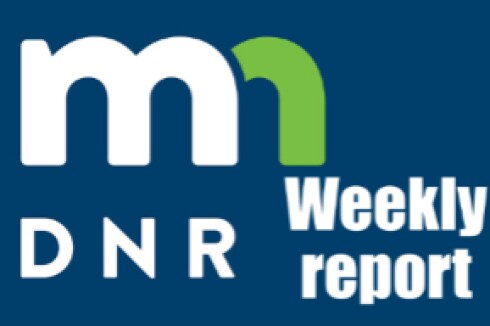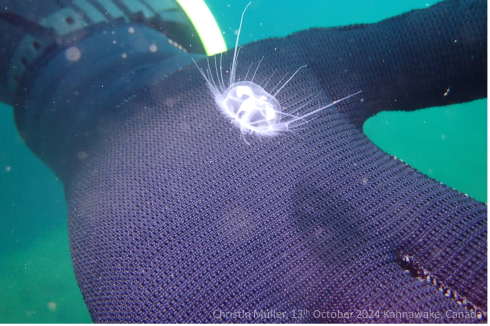ST. PAUL – The Minnesota Department of Natural Resources has confirmed chronic wasting disease in two adult bucks in two new deer permit areas (DPAs) where the disease previously hadn’t been found, the agency said Monday, Jan. 27, in a news release.
One deer was harvested in DPA 266 near Hawley in Clay County, and the other deer was harvested in DPA 701 near Greenfield in Hennepin County, the DNR said. Both deer were taken during the firearms deer season. The hunters submitted tissue samples via the DNR’s partner sampling program, which consists mostly of taxidermists.
ADVERTISEMENT
“This finding is concerning because it indicates possible new areas of CWD prevalence in wild deer where it hasn’t previously been detected,” Erik Hildebrand, wildlife health supervisor for the DNR, said in a statement. “This also highlights how important our disease surveillance efforts are and how critical it is that hunters are able to test deer harvested anywhere in the state if they would like to.”
The closest CWD-positive wild deer to the one detected in DPA 701 is 31 miles from a positive in DPA 605. The CWD positive wild deer in DPA 266 is roughly 54 miles from the confirmed positive near Climax, Minnesota.
Following the detections in DPAs 266 and 701, the DNR said it now will implement measures outlined in its CWD response plan – mndnr.gov/cwd/cwd-response-plan.html – which calls for three consecutive years of testing to help determine the potential prevalence of the disease near the detections.
Within DPAs where CWD has been detected and confirmed, the Minnesota DNR uses multiple management actions designed to help mitigate disease spread, including carcass movement restrictions, a deer feeding and attractant ban and, sometimes, increased hunting opportunities with increased bag limits.
Additional management actions will be taken per DNR’s CWD response plan, likely this fall, and might include the establishment of a new CWD management zone and surrounding surveillance area to better understand the distribution and prevalence of this disease in the area, as well as considerations of late season hunting, landowner shooting permits and targeted culling.
General CWD info
Results of CWD tests completed thus far are available on the Minnesota DNR’s CWD test results webpage at mndnr.gov/cwdcheck . Additional test results for deer harvested in 2024 will be added to this webpage as they become available. The DNR will directly notify any hunter who harvests a deer that tests positive.
CWD is a fatal neurological disease that affects cervids, which include white-tailed deer, moose and elk, and has no known cure. It has been found in more than two-thirds of the states in the U.S. More information about CWD and what the DNR is doing to limit disease spread and protect the health of Minnesota’s white-tailed deer is available on the
Minnesota DNR website
at
mndnr.gov/cwd
.









